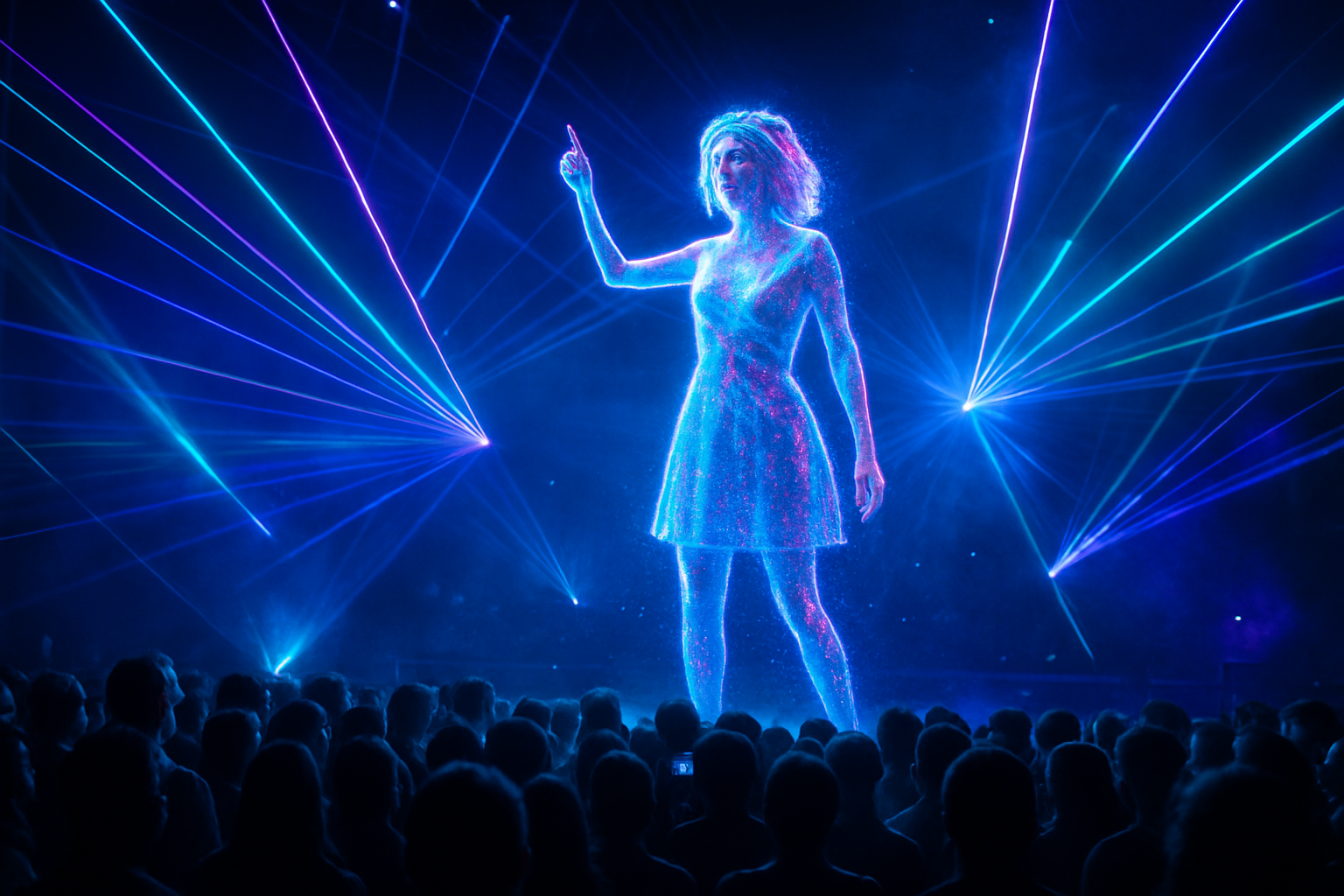Holographic Concert Experiences: The Next Frontier of Live Music
In the ever-evolving landscape of live entertainment, a groundbreaking technology is reshaping the way we experience concerts. Holographic performances are emerging as a revolutionary force, blurring the lines between reality and digital artistry. This cutting-edge fusion of music and advanced visual technology is not only resurrecting legendary artists but also creating entirely new possibilities for live shows. As the music industry continues to adapt to changing times, holographic concerts stand at the forefront of innovation, promising to transform the future of live music experiences.

Technological Advancements Driving the Trend
Recent years have seen significant leaps in holographic technology. High-definition projectors, advanced motion capture systems, and sophisticated computer-generated imagery have combined to create increasingly realistic and immersive holographic experiences. Companies specializing in this technology have refined their techniques, resulting in lifelike projections that can interact with live performers and audiences in real-time.
Resurrecting Legends and Creating New Possibilities
One of the most talked-about aspects of holographic concerts is the ability to bring deceased artists back to the stage. From Tupac Shakur’s appearance at Coachella in 2012 to Roy Orbison’s holographic tour in 2018, these performances have sparked both awe and controversy. Beyond resurrection, holographic technology opens up new creative avenues for living artists, allowing them to perform in multiple locations simultaneously or create fantastical stage elements that defy physical limitations.
The Impact on the Music Industry
Holographic concerts are reshaping the economics of live music. They offer a solution to the geographical limitations of traditional tours, potentially reducing costs and environmental impact while reaching wider audiences. For venue owners and promoters, this technology presents new revenue streams and the ability to host unique, high-profile events. However, it also raises questions about the authenticity of live performances and the value placed on physical presence in music experiences.
Ethical and Legal Considerations
As holographic performances become more prevalent, they bring with them a host of ethical and legal challenges. The use of deceased artists’ likenesses raises questions about consent, legacy, and the ownership of posthumous performances. For living artists, concerns about image rights and the potential for unauthorized digital recreations are coming to the forefront. The music industry is grappling with these issues, working to establish new guidelines and regulations for this emerging form of entertainment.
The Future of Holographic Concerts
Looking ahead, the potential for holographic concerts seems boundless. As technology continues to advance, we can expect even more realistic and interactive holographic performances. The integration of artificial intelligence could lead to dynamic, responsive holograms capable of unique interactions with each audience. Furthermore, the combination of holographic technology with virtual and augmented reality may create entirely new forms of music consumption, blending physical and digital realms in unprecedented ways.





